Electronic components form the backbone of modern technology, playing a pivotal role in the devices we use daily. From the smallest diode to complex microcontrollers, these components bring life to electronic systems. This article serves as a beginner’s guide to understanding electronic components, exploring their types, functions, and significance in everyday life.
Introduction
Electronic components are individual units that combine to create electronic circuits. These circuits, in turn, power various devices, ranging from smartphones to complex machinery. Understanding these components is essential for anyone curious about the inner workings of technology.
The significance of electronic components lies in their ability to control and manipulate electrical signals. They form the foundation of electronic systems, enabling the creation of advanced technologies that shape our modern world.
Types of Electronic Components
Active Components
1. Transistors
Transistors act as amplifiers or switches, controlling the flow of current in electronic circuits.
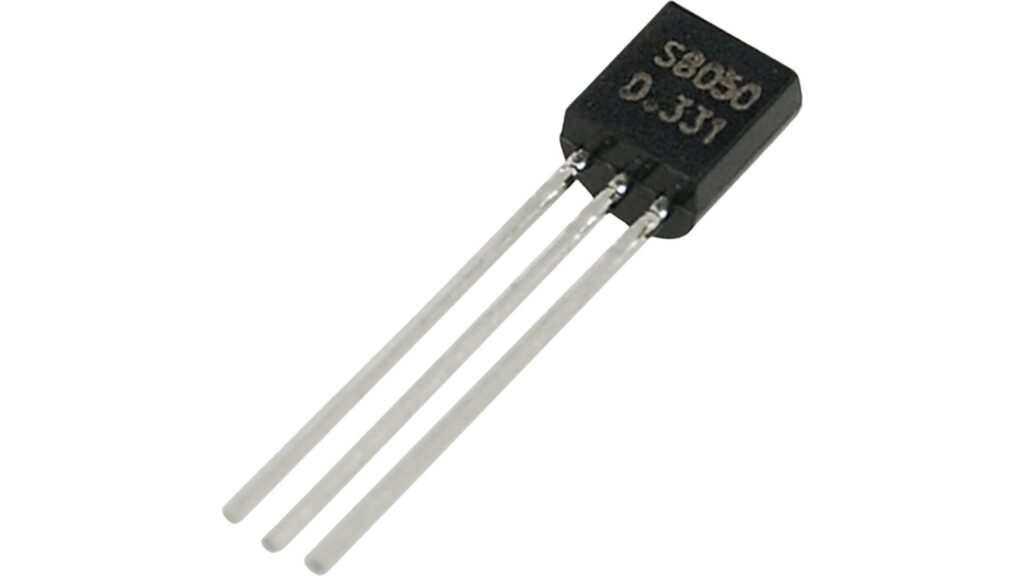
2. Diodes
Diodes facilitate the flow of current in one direction, which is crucial for rectifying AC to DC in power supplies.
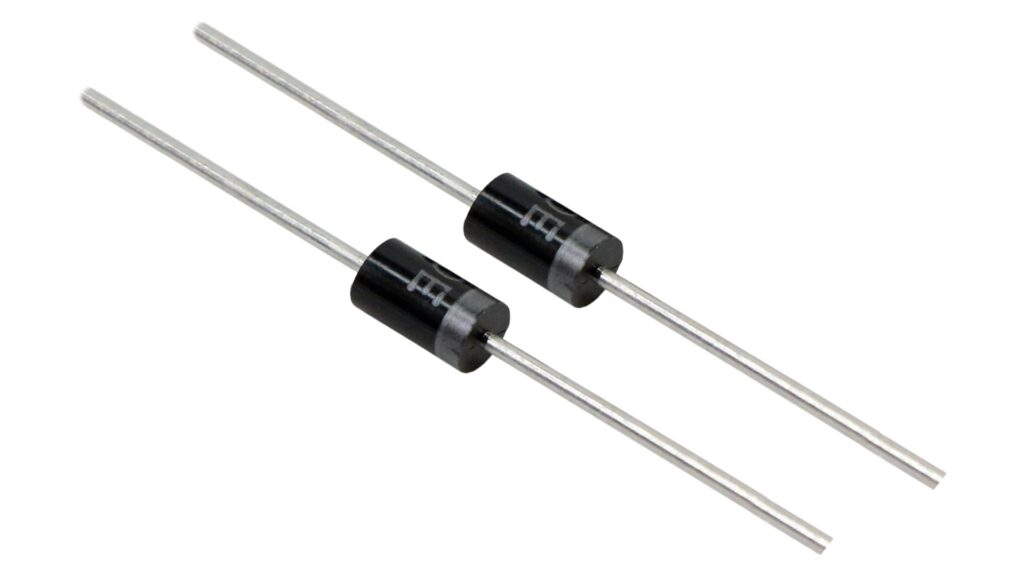
Passive Components
1. Resistors
Resistors limit the current flow in a circuit, providing control over voltage and current levels.
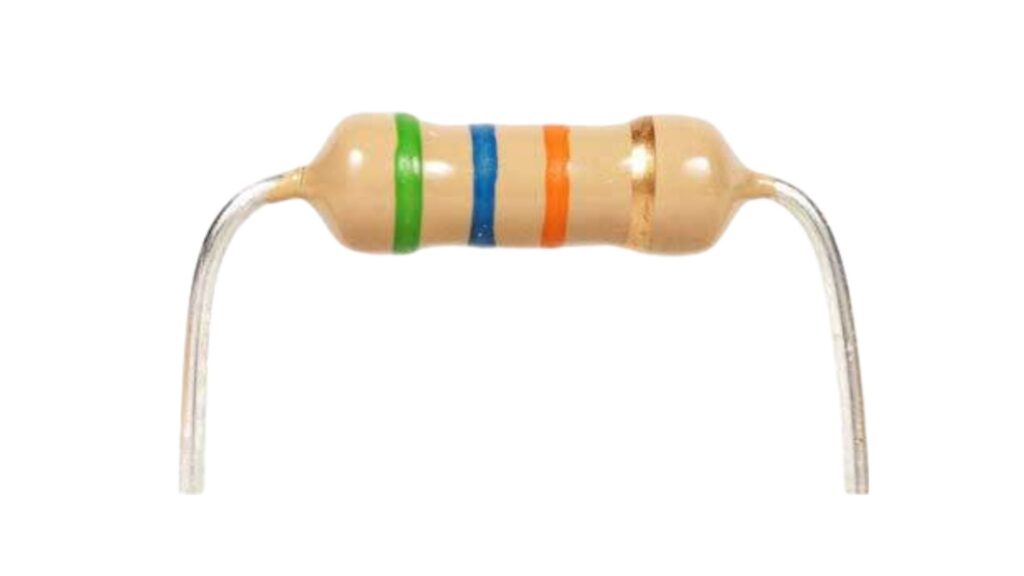
2. Capacitors
Capacitors store and release electrical energy, essential for smoothing voltage fluctuations.
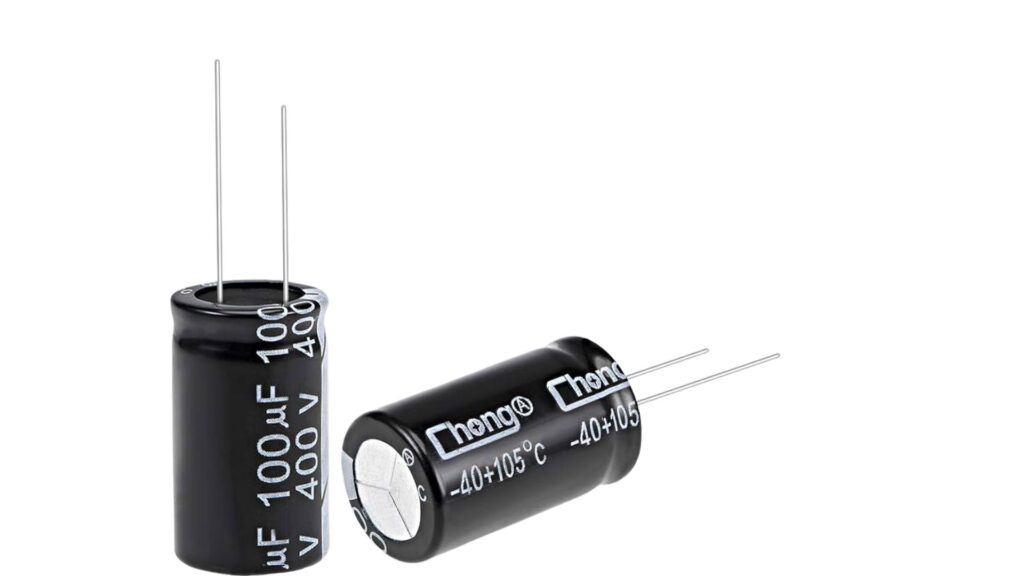
3. Inductors
Inductors resist changes in current, contributing to the stability of electronic circuits.
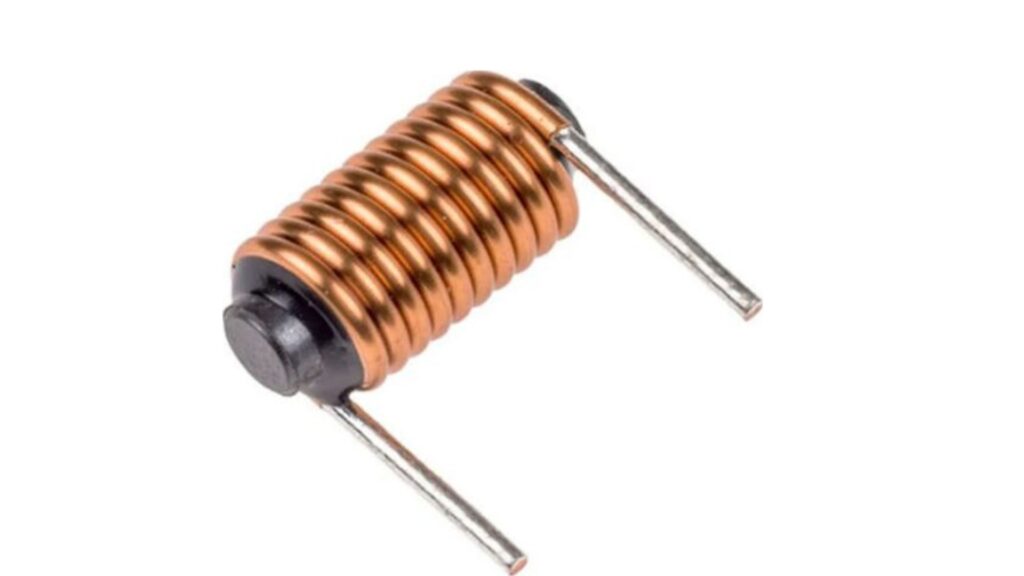
Functions and Roles
Active Components’ Roles
1. Amplification
Active components, especially transistors, amplify weak signals, making them essential for signal processing and communication systems.
2. Signal Processing
Semiconductors contribute to advanced signal processing, enabling the creation of sophisticated electronic devices.
Passive Components’ Functions
1. Voltage Regulation
Resistors and capacitors collaborate to regulate voltage, ensuring stable and controlled electrical outputs.
2. Energy Storage
Capacitors and inductors store and release energy, providing stability to electronic circuits.
How Electronic Components Work Together
A. Basic Circuitry
Understanding basic circuitry helps in grasping how electronic components interact to perform specific functions.
B. Examples of Simple Circuits
Explore simple circuits to see how components like resistors, capacitors, and transistors work together.
Importance in Various Devices
A. Consumer Electronics
From smartphones to televisions, electronic components are vital for the functionality of consumer devices.
B. Industrial Applications
Industries rely on electronic components for automation, control systems, and efficient machinery operation.
Future Developments
A. Emerging Technologies
Explore the cutting-edge technologies that promise to revolutionize electronic components in the near future.
B. Impact on Electronic Components
Understand how emerging technologies will influence the design and functionality of electronic components.
DIY Projects for Beginners
A. Basic Circuit Building
Embark on simple DIY projects to gain hands-on experience in building circuits with electronic components.
B. Safety Tips
Ensure safety by following guidelines when working with electronic components, especially for beginners.
Troubleshooting Electronic Components
A. Common Issues
Learn to identify and troubleshoot common issues like short circuits and component failures.
B. Solutions
Discover effective solutions to address electronic component problems, ensuring the longevity of your projects.
Conclusion
In conclusion, the world of electronic components is vast and fascinating. From the smallest resistor to the most advanced microcontroller, these components shape the technology that surrounds us. As we embrace future innovations, understanding the basics of electronic components becomes increasingly valuable for enthusiasts and professionals alike.
FAQs
-
What are electronic components?
Electronic components are devices that can conduct or control the flow of electrical current in a circuit. These components can be used to build various electronic devices such as radios, computers, and smartphones.
-
What are the different types of electronic components?
There are many different types of electronic components, including resistors, capacitors, diodes, transistors, integrated circuits, and more. Each type of component serves a specific function in an electronic circuit.
-
What is the purpose of resistors in a circuit?
Resistors are used to limit the amount of current flowing in a circuit. They are also used to divide voltage and to provide a specific level of resistance in a circuit.
-
What is the purpose of capacitors in a circuit?
Capacitors store electric charge and are used to filter out noise in a circuit, smooth out voltage fluctuations, and to provide timing in circuits.
-
What is the purpose of transistors in a circuit?
Transistors are used as amplifiers and switches in electronic circuits. They can amplify small signals to larger ones and can turn circuits on and off.
You may interested in:
Introduction to MOSFET: Metal Oxide Semi-Conductor Field Effect Transistor